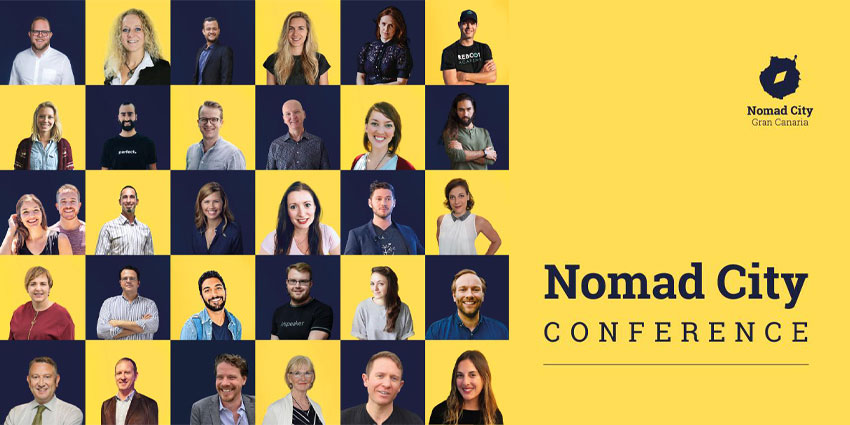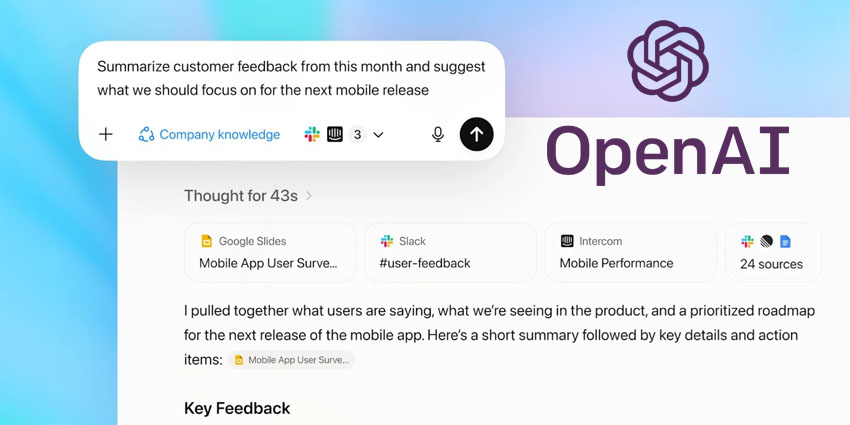Roll back less than a decade, and online collaboration was so straightforward. We kept our files in dropbox, or emailed them to each other, after creating them in our standalone word processors. We chatted and video-conferenced on emerging enterprise-priced tool suites, and those newer tools like Slack, well… Sure, perhaps they’d catch on one day. But as more and more of us transitioned away from the wholly co-located workspace with its hot hissy server room, we fitted our styles of working to the emergent cloud-based tools at our disposal, and were glad to be able to do so.
Approaching 2020 however the field is diverse and fragmented more every day, and that is a good thing, for all of us. And at NomadCity’s 2019 Remote Work Summit, representatives from many of the tools we use to communicate and collaborate online every day included Microsoft, Doist, Buffer and Basecamp. Run-up afterwork meetups were attended by still more, including Zoom – because when it comes to targeting decision-makers directly through face to face events, it makes sense that SMEs or solopreneurs are more likely to be in attendance, free to check out new tools they like the look of and perhaps switching quite frequently – but bringing much smaller budgets than the CIO of a large corporation to that choice.
One thing which struck me though was the complex stack of apps everyone is still reliant on in their day-to-day digital collaborations. Will we ever get to the point of a single pane of glass to do everything, from the wiki to the whiteboard to the whispers?
“Yes, it’s already here, Basecamp!” called out the guy from Basecamp, in response to this question.
“Microsoft Teams! It’s like G Suite and Trello had a baby!”
…positions were taken, and defended. Had the likes of enterprise-level UC suppliers Cisco, Avaya, etc been present, doubtless all of them would have declared their ecosystems as the natural hub to be the centre of everything, that we’d all been looking for.
But the funny thing was, everybody there that I spoke to used a wide range of different apps, whoever they worked for. And how many do you have on your homescreen?
Even the people who’s job it is tp actually build collaboration apps for other people, use a range of different tools themselves in everyday life, and explained that within their organisations, others might choose differently. “I think some of the marketing teams use Basecamp, we don’t”, explained the Mobile Lead from Buffer, during his presentation indicating the range of ways he co-ordinates asyncronously with his globally dispersed team. And an engineer from Doist demonstrated their communication stack, from detailed written documentation through IM, videocalls, right up to Telegram for the most urgent synchronous messaging.
Which just serves to remind us all that human communication needs and preferences are as diverse and varied as the work we do, and the explosion of differentiated communication and collaboration tools we have at our disposal represent the growing variety of roles, often within the same organisation, they need to serve. While a solopreneur digital nomad or small can try out a new contender with less effort and expense than a big company, the plethora of ‘as a service’ options now increasingly available for hardware as well as accounts, bring new nimbleness and scalar flexibility to the choices for the largest communications budgets.
And that choice is good for all of us, at either end of the solopreneur to multinational continuum. The future is creative, collaborative, and constantly improving, and the tools at are disposal continue to innovate, solve problems, and compete for our business – so things will continue to get better and better.







